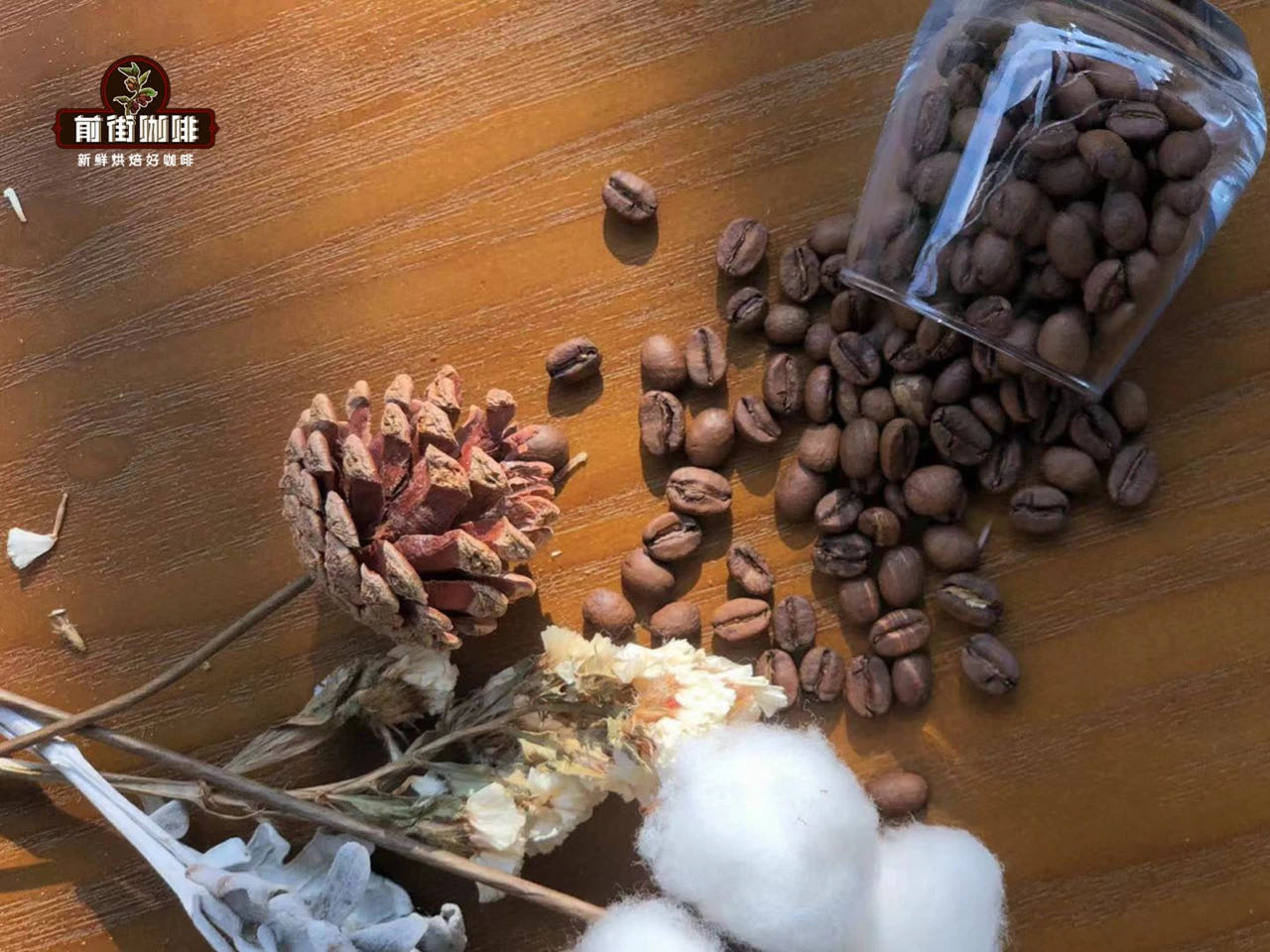The difference between spring picking black tea and summer picking black tea in Darjeeling what is spring picking tea in Darjeeling is it black tea
A common question among Darjeeling black tea lovers is why the colors of spring-picked tea and tea soup in Darjeeling look so green. Although it is classified as black tea, from the appearance, Darjeeling dried tea color may be mistaken for green tea.
First of all, we have to understand the tea-making process of spring picking tea in Darjeeling.

The freshly picked leaves are sent to the factory to wither and lose 60% to 65% of their moisture. Because the spring leaves are very soft and silky, it only takes 10-15 minutes for the twister to twist it with minimal pressure.
Next, instead of letting it ferment / oxidize, the leaves are immediately brought into the drying chamber. Once the tea is dry, it can be sorted and packed. This is why Darjeeling Tea's spring-picked tea appears green because of little oxidation.
Darjeeling spring-picked tea is actually a slightly oxidized unbaked oolong tea.

However, because the Indian tea industry is not familiar with the tradition of oolong tea, and because the partial oxidation method is "new" to the local tea industry, this kind of tea is still called black tea.
Consider the different treatment of picking tea in Darjeeling in summer. Leaves in this season (May-June) have more "juice" and are more hardy.
They roll under more pressure in the kneading machine for 40-50 minutes, and then completely ferment / oxidize, a step that takes 2-3 hours.

Spring picking tea in Darjeeling is not always produced as it is now. This change is due to the Germans, who influenced Darjeeling tea farmers in the 1960s and 1970s and adopted a more subtle mode of production.
Darjeeling Tea's main market used to be Britain, where people prefer to add milk and sugar to their tea. So there is a need for a stronger tea, which is achieved through high oxidation.
However, it is understandable that British influence on Darjeeling tea industry has diminished since Britain was granted colonial independence.
Germans realize that many flavors are wasted by a "standardized" production process. They persuaded some growers to reduce rolling and oxidation while increasing wilt. This makes the taste of the tea lighter, but the aroma stronger. This also makes the tea between the Darjeeling tea gardens reach their own taste. In the end, this method of making "light and bright" tea became the new standard for spring tea picking in Darjeeling.
Important Notice :
前街咖啡 FrontStreet Coffee has moved to new addredd:
FrontStreet Coffee Address: 315,Donghua East Road,GuangZhou
Tel:020 38364473
- Prev

What is the best brand of Darjeeling black tea in India? how much is the brand of Glenn Tea Garden?
Glenn Glenburn Tea Garden is located in the Rangli Rangliot CD neighborhood of Darjeeling Sadar District, Darjeeling, West Bengal, India. Of the 750ha (1900 acres) of the Glenn Tea Manor (Glenburn Tea Estate), there is a 350ha (860acre) protected forest (called Simbong forest). The Rangeet and rundung rivers flow through
- Next

How can Huakui coffee beans taste good? The correct use of the smart cup of the pressure pot by the love music method
The sunset after the Beginning of Autumn is particularly gentle, looking up at the sky, the pink-blue sky can cure the tiredness of the day. Looking at the gentle tone, I can always think of food full of flower and fruit aroma, such as marshmallow, such as fruit pie, and then, such as Sakui coffee. (push open the front street gate in the evening, enjoy the sunset while drinking coffee.) in the world of coffee, there are many varieties and complex producing areas.
Related
- Beginners will see the "Coffee pull flower" guide!
- What is the difference between ice blog purified milk and ordinary milk coffee?
- Why is the Philippines the largest producer of crops in Liberia?
- For coffee extraction, should the fine powder be retained?
- How does extracted espresso fill pressed powder? How much strength does it take to press the powder?
- How to make jasmine cold extract coffee? Is the jasmine + latte good?
- Will this little toy really make the coffee taste better? How does Lily Drip affect coffee extraction?
- Will the action of slapping the filter cup also affect coffee extraction?
- What's the difference between powder-to-water ratio and powder-to-liquid ratio?
- What is the Ethiopian local species? What does it have to do with Heirloom native species?

